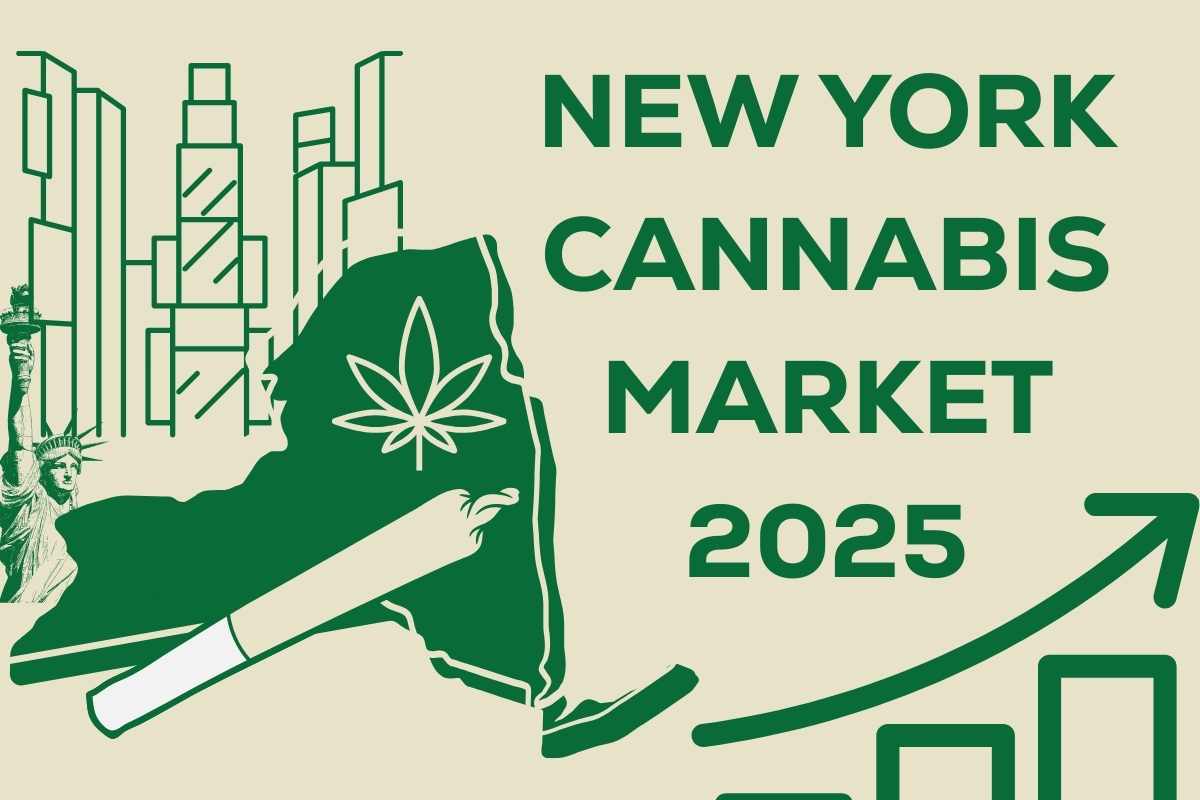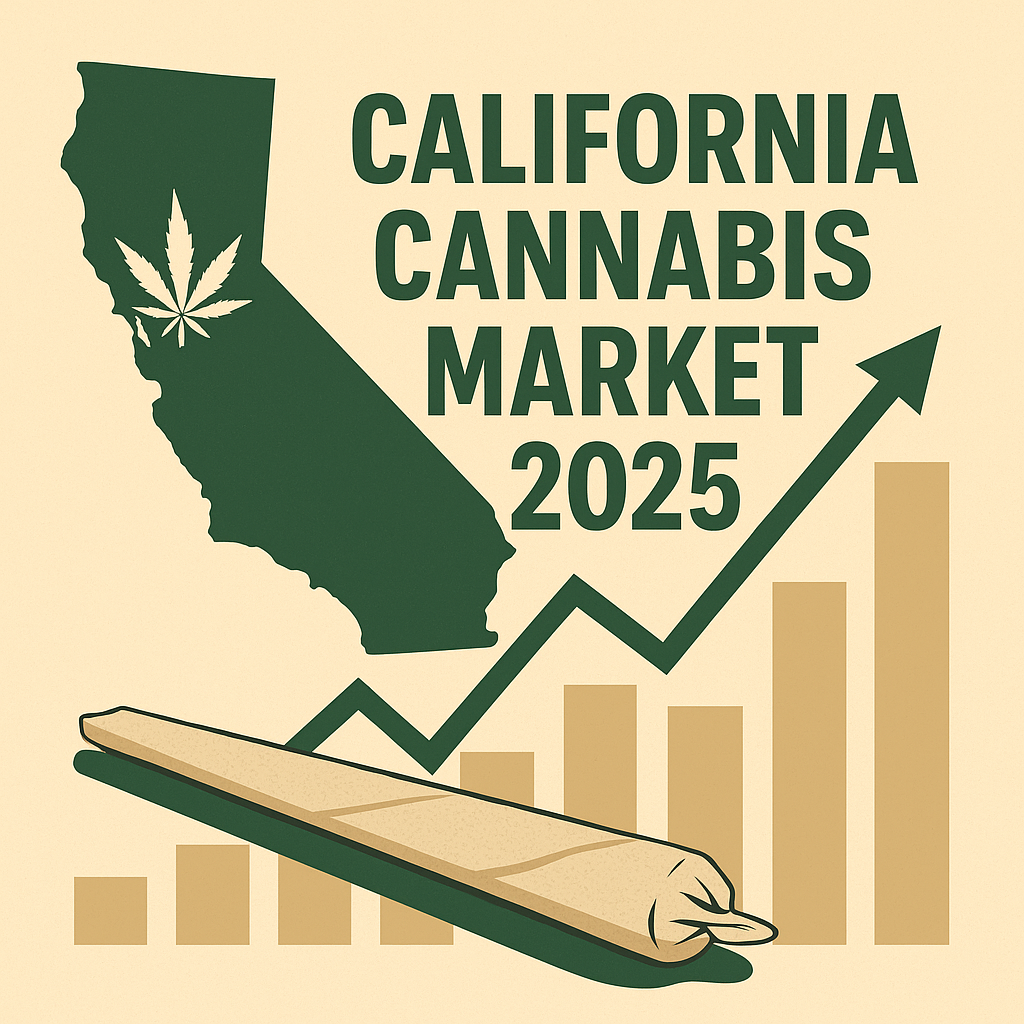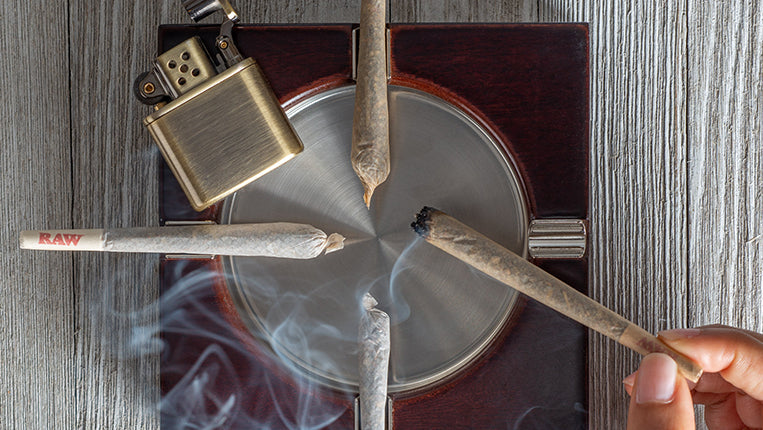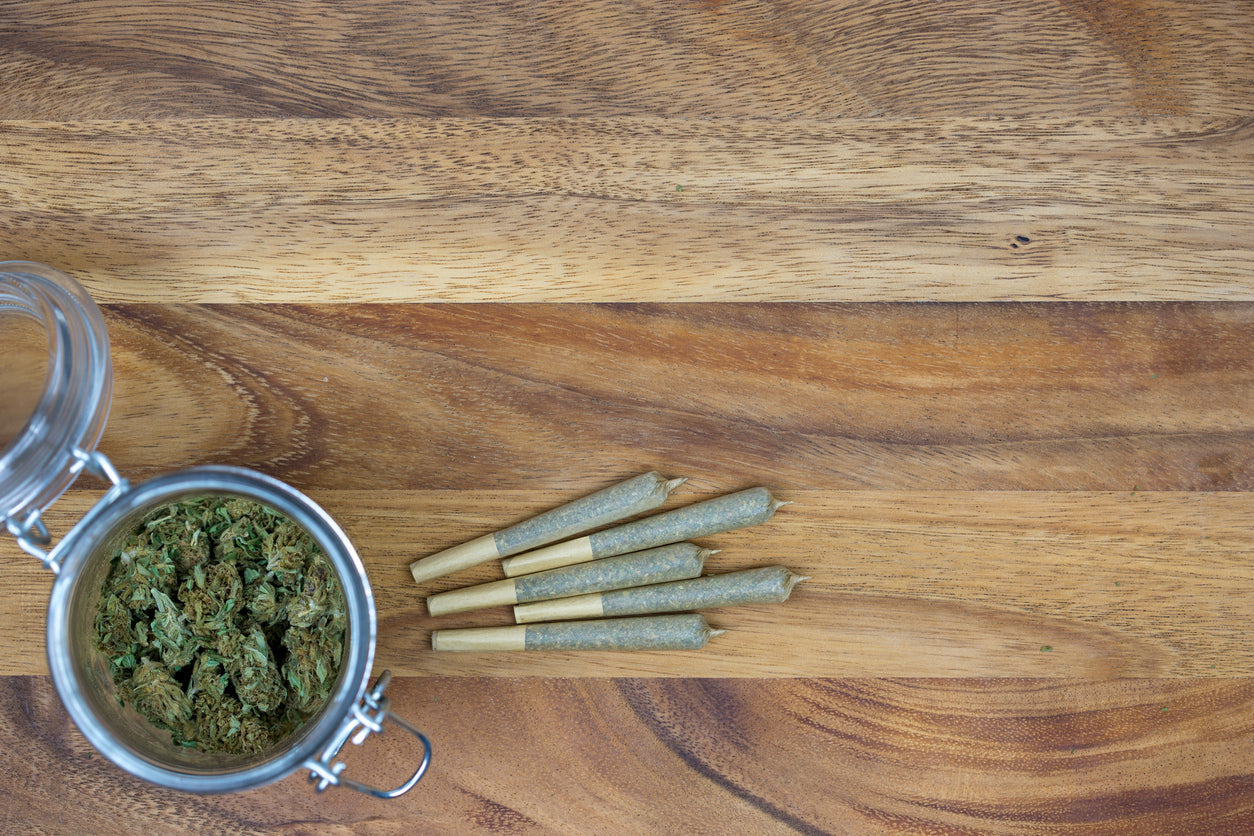If you buy flower, vapes, pre-rolls, or edibles, you’ve probably noticed two things lately: prices going up and “out of stock” tags popping up more often. That’s the ripple effect of new U.S. tariffs on the already struggling cannabis industry. The costs behind what you smoke or munch on; vape batteries and carts, specialty rolling papers and cartons, glass tubes and jars, child-resistant packaging—have climbed. Brands are paying more to bring those parts in, and retailers are passing a slice of that along at the shelf.
Why the White House Raised Tariffs in 2025
The White House says the 2025 tariff overhaul is about restoring “reciprocity” in trade and defending U.S. national and economic security: it began with a universal 10% baseline duty on nearly all imports in April, then added higher surcharges for countries with large U.S. trade deficits. The aim is to “level the playing field,” push partners to lower their barriers, and reduce reliance on foreign supply chains in strategic sectors to bolster U.S. bargaining power and manufacturing.
In practical terms, though, the near-term impact across many industries has been higher input costs, pricing volatility, and longer lead times; companies are trimming margins, revising quotes faster, and reworking sourcing; pressure that ultimately shows up as slightly higher retail prices and occasional stockouts for consumers.
April–August 2025: Tariff Timeline
April 2 & 5, 2025: The White House announced global tariffs with a 10% blanket on almost all imports.
April 9: Paused most country-specific hikes; the 10% blanket stayed.
May 12: 90-day U.S.–China truce: U.S. cut extra tariffs on Chinese goods to ~30%.
Aug 11: Truce extended another 90 days, avoiding a return to triple-digit duties.
Current headline tariff levels for countries in the cannabis product (flower, vape, pre roll, edibles) supply chain (late Aug 2025)
China: ~30% extra under the truce; truce extended Aug 11 to mid-Nov.
India: 25% announced July 30 plus an additional 25% on Aug 6 ~50% on most goods.
Indonesia: ~19% on goods under a July 15 announcement.
Spain (EU): ~15% on most EU goods under the late-August framework.
Ireland (EU): ~15% on most EU goods under the same framework.
Vietnam: 20% on many exports (with higher checks on suspected trans-shipments).
Malaysia: 19% (finalized in early August after 25% was initially floated).
What are tariffs (and why you’ll be feeling it at checkout)
While tariffs sound like policy-speak best left to those in government, the reality is that they show up where you most feel it – on your receipt. To put it simply, tariffs are taxes on imported parts and materials, and when they rise, the cost of everything built with those parts rises too.
For the cannabis industry this matters because so much of the non-plant-stuff is sourced globally: vape hardware, batteries, and heating elements from China, specialty rolling papers from Spain, pre rolled cones hand-finished in Indonesia, Ireland, and India, and packaging from Asia. When these parts get taxed at the ports, landed cost rises. And while brands may try to absorb some of it, the already tight margins for these already highly regulated and highly taxed cannabis products force businesses to make tough decisions.
Those added costs hit the bill of materials before your bud, pre-roll, vape, or edible ever reaches the shelf so you might pay a little more, see packaging changes, or find a favorite format out of stock. Below we breakdown how tariffs affect the supply chain and prices of the top cannabis product categories and what you, the consumer, can expect to see in your neighborhood smoke shop or go-to online store in the near future.
Impact of tariffs on the top 4 cannabis product categories
Flower: the bud vs. the jar
While the plant is grown domestically; the jar, lid, label, and cultivation equipment (for lighting, irrigation, temperature and humidity control) aren’t. That means you’ll see small bumps in pricing as packaging and overhead inch up. Some brands may choose to make subtle packaging changes instead, using lighter tins or different jars to hold the current price.
Vapes: cartridges, disposables, and batteries
A big share of vape hardware is China-sourced, so it will be hit with the China rate. Expect carts to increase by 10-15% while costlier shipments cycle through. Disposables may increase even more because they’re mostly hardware or you can see smaller gram sizes. Brands are also diversifying suppliers (Malaysia or Vietnam) to control risk, but even that route has been hit with increased rates although lesser than China's.
Pre Rolls: paper and packagingWith pre-rolls, pre rolled cones and packaging are hit most by the tariffs. Most cones are hand-finished in Indonesia/India, premium papers trace back to Spain, and glass or child resistant tubes and caps frequently come from China. When those inputs tick up, so does the BOM (bill of materials): a cone that once cost $0.08–$0.12 might jump to $0.10–$0.15; a glass tube that was $0.35–$0.50 can push $0.45–$0.65; labels/boxes add a few more cents. Roll that through filling labor, overhead, and margin, and retailers typically adjust in $0.25–$0.75 steps on singles while multipacks may move 3–10%.
The natural next question: why not just make everything in the US? In pre-rolls, manufacturers already do the filling and finishing domestically with US-made machines. But forming cones and making premium paper at scale is specialized and entrenched overseas. Building US mills/factories would mean years of capex, training, and higher labor, at 2 to 4 times the cone labor cost alone.
What you’ll likely see at shops are more multipacks (better per-unit value), occasional packaging swaps (lighter tubes or paper over glass), and tighter promos as brands split the tariff hit rather than pass 100% through.
Edibles: pouches, tins, and bottles
Packaging (wrappers, tins, bottles, child-resistant caps) is globally sourced. Many brands are switching formats—for example, moving from tins to lighter containers—to hold price points steady. Expect modest nudges around 3-8% as tariffed packaging replaces old stock.
5 tips on how to keep your costs down
Go refillable (510 battery + carts). A simple 510 battery you reuse then just swap cartridges, keeps you from “rebuying” hardware every time like with disposables. 510 systems are universal, rechargeable, and easy to maintain, which helps your per-session cost trend down over time.
Choose paper-forward pre-roll packs. If you’re not planning to reuse a jar or tube, skip heavy glass. Weighty packaging costs more to ship and tends to carry a higher shelf price; lighter paper/pouch formats are usually cheaper. Rolling your own? Buy RAW pre-rolled cones in bulk from Green Blazer—larger packs bring the per-cone cost down and keep you stocked.
Watch the grams-per-dollar. When brands switch formats (example from jar to pouch), ignore the “look” and check net weight vs. price. You’re paying for what’s inside, not the container. Lighter formats often mean better value per gram.
Work the bundles & loyalty programs. Many shops use mix-and-match bundles, punch cards, or app-based points to blunt cost increases. Sign up; it’s one of the easiest ways to keep your basket total in check, and more states are even loosening rules to allow discounts and loyalty.
Stick to licensed retailers. Counterfeit carts and untested hardware and pre rolls are more common in illicit channels; licensed shops source tested products and authentic devices. Cheaper fakes can cost you more in the long run.
Bottom Line: Prices may shift, but the quality shouldn't
Tariffs don’t change the flower, oil, or gummies you love—they change what it costs to get containers and hardware to you. Expect small, steady adjustments rather than sticker shock: vapes feel it first (hardware-heavy), pre-rolls follow (cones + tubes), flower nudges via jars and labels, and edibles move modestly as pouches and caps roll over.
The part that shouldn’t change: what’s inside. Brands are trimming packaging, not potency or process. Formulas, strains, and batch testing should stay tight while boxes and glass get less extra. Do a 30-second quality check to keep everyone honest: COA on file (and recent) Pack/freshness date Terpene & cannabinoid info that matches what you’re promised. Remember, save on packaging and hardware, not by rolling the dice on the illicit market. Keep it clean, tested, and consistently great—because the only thing that should hit different is your playlist, not your product.
FAQs
Do tariffs apply to the plant itself?
No. Cannabis is domestically grown; tariffs apply to imported hardware and packaging around it.
Why are vape prices rising the most?
Because most vape hardware is imported from China and sits under the China rate (30%). Hardware is a big slice of a cart’s cost, so tariffs move the final price.
Are pre-roll cones really imported?
Yes. Industry manufacturing is heavily concentrated in Indonesia and India, with multiple large cone factories based in Indonesia.
Are EU-made papers or packaging hit too?
Yes. Many EU exports face ~20% tariffs under 2025 rules (with country/product nuance). That includes Spain and Ireland within the EU bloc.
Sources
[1] “High just got higher: Trump tariffs to raise prices for US cannabis users” (Apr 3, 2025).
Reuters
[2] “How US import tariffs are impacting cannabis prices and products” (May 19, 2025). Leafly
[3] “Cannabis supply chain already feeling effects of Trump’s tariffs” (Apr 10, 2025; updated Apr 15). MJBizDaily
[4] “Trump Tariffs: No justification for 20% tariffs on EU exports to US, says Martin” (Apr 2, 2025) The Irish Times
[5] “Major developments in Trump’s trade war” (August 21, 2025). Reuters
[6] Pre-roll average price benchmarks (2024). Cannabis Business Times
[7] “Why are vape prices going up” July 23, 2025 Mi-Pod
We’re Green Blazer, proud to bring you the best in premium RAW cones and products. Whether you’re a first-timer or a seasoned smoker, we’re here to help you elevate your rolling game. Got questions or need assistance? Don’t hesitate to contact us.

















